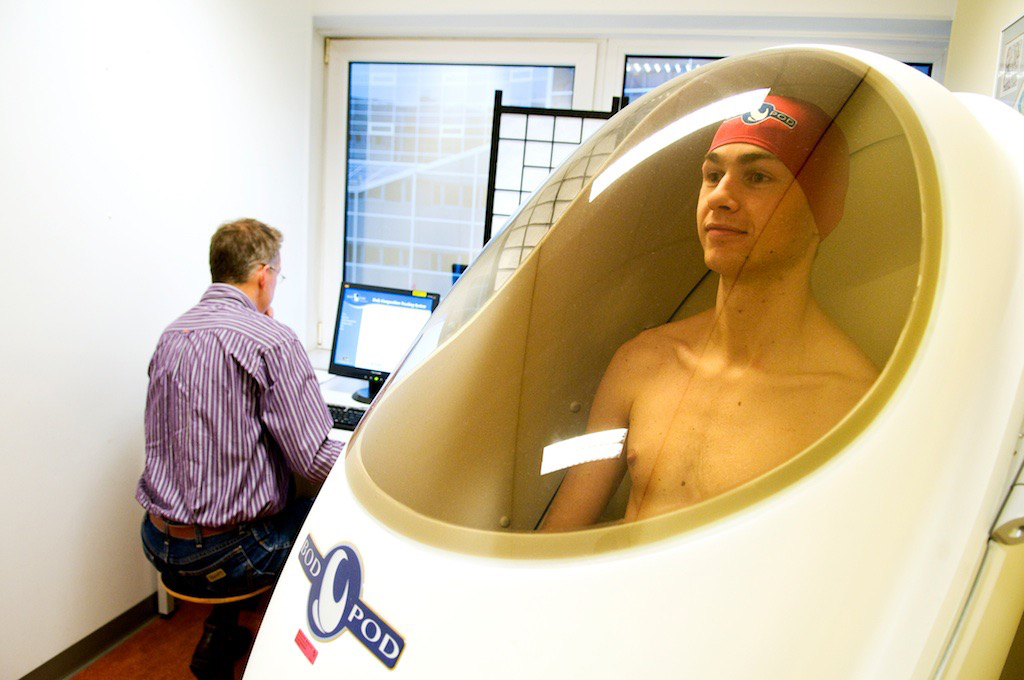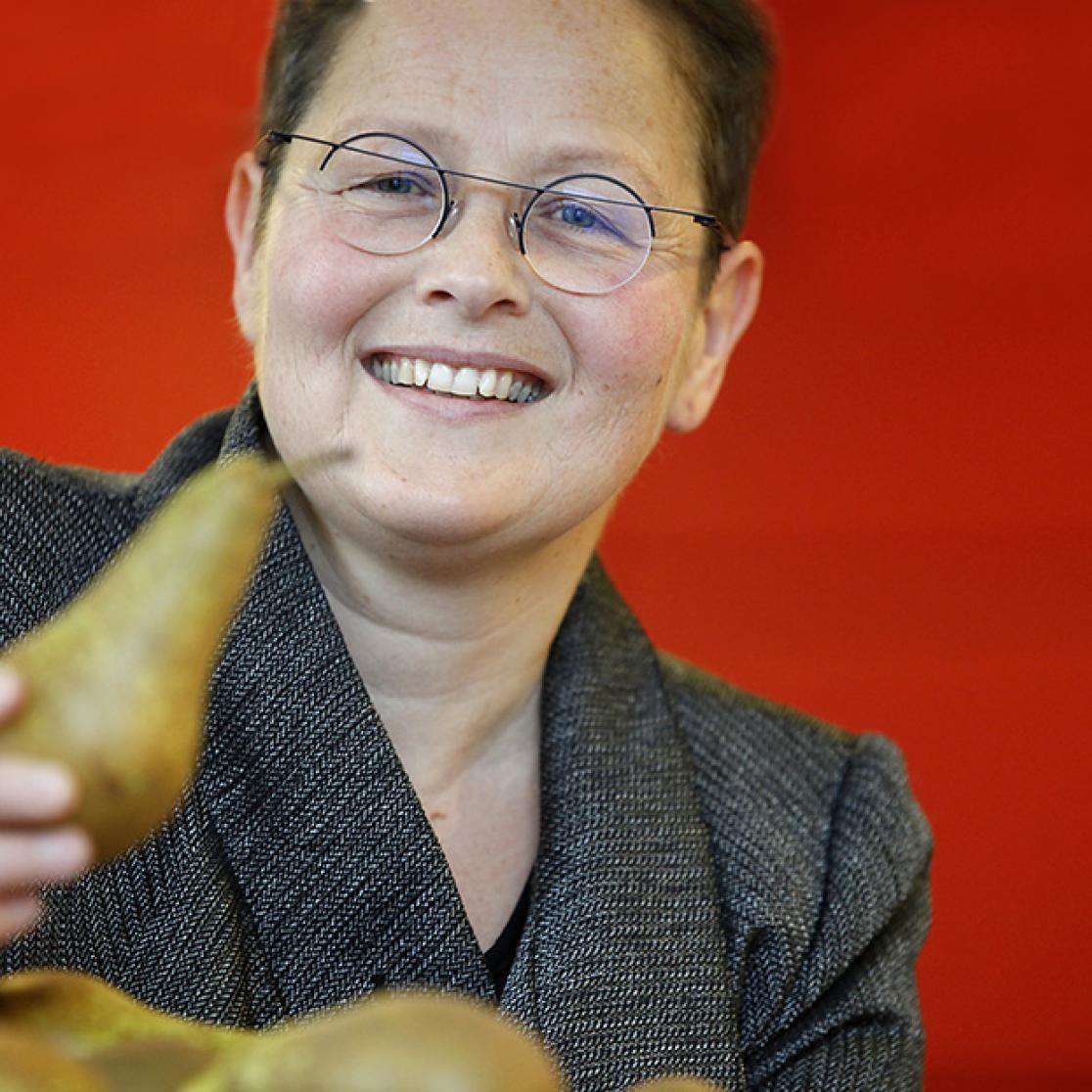Pioneering research through collaboration
NUTRIM – one of the six research schools within Maastricht UMC+ is celebrating its 25th anniversary. Over the last quarter-century, the institute has built up a reputation for itself in the field of nutrition and metabolism. This is a perfect opportunity to look back and reflect on what we’ve accomplished. But we will be looking ahead as well: what ambitions do we have for the coming years?
First of all, a bit of history: NUTRIM was founded November 26, 1992. 'NUTRIM was incorporated into the Faculty of Health Sciences', explains Annemie Schols, who has been Scientific director of the School for the past 12.5 years. 'Several of the clinical departments, such as Pulmonology and Surgery, were closely involved from the very start. The merger between Health Sciences and Medicine (which established the present Faculty of Health, Medicine and Life Sciences) was a positive development for NUTRIM; it was further reinforced by the founding of Maastricht UMC+. Maastricht is distinct for the connection between university hospital and faculty, the fact that everything is in such close proximity here – it really makes collaborating and sharing knowledge a good deal simpler and more inviting.' Another development in 25 years’ time, according to Annemie, is that the distinction between illness and health has become less rigid. Interest in, and therefore the amount and complexity of knowledge about chronic illnesses has increased tremendously. As a result, more explicit attention is now paid to the role of nutrition and metabolism in chronic disease etiology and progression. This applies from prevention to treatment, both at home and in hospital. This development allowed our research institute to take a flying leap forward.'

Keeping the bar high
'We want to retain our leading position in the coming years', says Annemie Schols. 'Our strong combination of people, collaboration and high-quality infrastructure will undoubtedly make that possible. And what’s at least as important is that we go even further in implementing our knowledge and insight: the emphasis will be expanded to include not only "what" but "how" as well. What 25 years of NUTRIM has taught us is that true breakthroughs are made possible only through collaboration. In our close partnerships with clinicians, we explore the boundaries between research and practice. We have short lines of communication, learn from one another, make discoveries and strengthen one another. The same goes for the implementation of the research results. I expect that in future, we will invest in partnerships – in both clinical practice and society – even more than we currently do.'
Highlights
During the last 25 years, NUTRIM has established a national and international reputation for itself. Below, you will find a selection of the major research findings from roughly the last ten years.
The respiration chambers
If you can measure exactly how much energy a person needs on a daily basis, that will also tell you how much he or she should eat per day. And once you know that, you have all the knowledge you need to combat diseases such as diabetes and obesity. NUTRIM is a global leader in this field. In the respiration chambers, a person’s metabolism can be charted. The exact amount of energy used, and where the energy comes from, is quantified. A test subject will need to spend anywhere from several hours to several days in the chamber. Meals are delivered via a hatch; urine and excrement are collected (in a frozen state) and studied. The air the person exhales is analysed as well. Besides nutrition, the climate, sleeping patterns, environmental and health factors may also be examined.
Measuring disease in exhalations
Sick organs produce volatile chemicals that are transported via the blood to the lungs, where they are exhaled. Research conducted within NUTRIM has shown that patients with bowel infections exhale different chemicals than a person with healthy bowels. This study provided the basis for developing a non-invasive test to determine when patients with chronic inflammatory bowel disease are suffering from a flare-up.

Brown adipose tissue
NUTRIM made headlines worldwide with this discovery a few years ago. In addition to white adipose tissue, or fat, which stores energy, the human body also contains a second type of fat: brown adipose tissue. Brown adipose tissue's primary function is to produce heat by burning fatty acids and glucose. It was discovered that brown adipose tissue is ‘switched on’ at lower temperatures. The adipose tissue then ensures the body maintains a stable temperature by producing heat. This in turn means the body uses more energy, which is why brown adipose tissue could play a role in combating overweight and obesity.
Stable isotopes
In order to understand metabolic processes in the human body, it is also necessary to map out the dynamics of these processes. By administering glucose, fatty acids and amino acids as – so-called stable isotopes – it is possible to track the numerous aspects of carbohydrate, fat and protein metabolism in a living human body. In NUTRIM’s study into the development of type 2 diabetes, this technique allowed the researchers to chart both the glucose released by the liver and the glucose absorbed by the muscle tissue. The stable isotope research has also yielded valuable insights into the digestion, absorption and production of (muscle) protein for the purpose of developing tailored treatment for loss of muscle mass in patients with chronic illnesses and cancer.
New physical activity and exercise guidelines
In August 2017, the Health Council of the Netherlands presented new guidelines for physical activity and exercise. According to these new guidelines, adults should get at least 2.5 hours of moderately intensive exercise per week, while children should have at least an hour per day. Activities to strengthen the muscles and bones were additionally recommended for both groups. Two NUTRIM researchers sat on the committee that drafted these guidelines. NUTRIM also made an important contribution to the research that served as the basis for the recommendations.
This article is based on a piece that previously appeared in HECHT, the MUMC+ employee magazine. By Margo van Vlierden and Flore Clerkx.
Watch the video and learn more about NUTRIM!
Also read
-
Update 25 June
Last night a UM building at the Bouillonstraat was daubed with paint and slogans. A sad expression of vandalism. UM has filed a report.

-
A night in Tehran: rose water, saffron and pistachio
Niloofar Tahmasebi Birgani, assistant professor at the MERLN research institute, was born in southern Iran. It was only when she moved to the Netherlands in 2010 for her PhD research that she began cooking for herself. Instead of recipes, she uses intuition and memory to bring her mother’s and...

-
Globalisation & Law Network seminar with Rodrigo Vallejo Garretón
On 4 July 2025, the Globalisation & Law Network had the pleasure of welcoming Dr Rodrigo Vallejo Garretón, Assistant Professor in Private Law at the University of Amsterdam.
